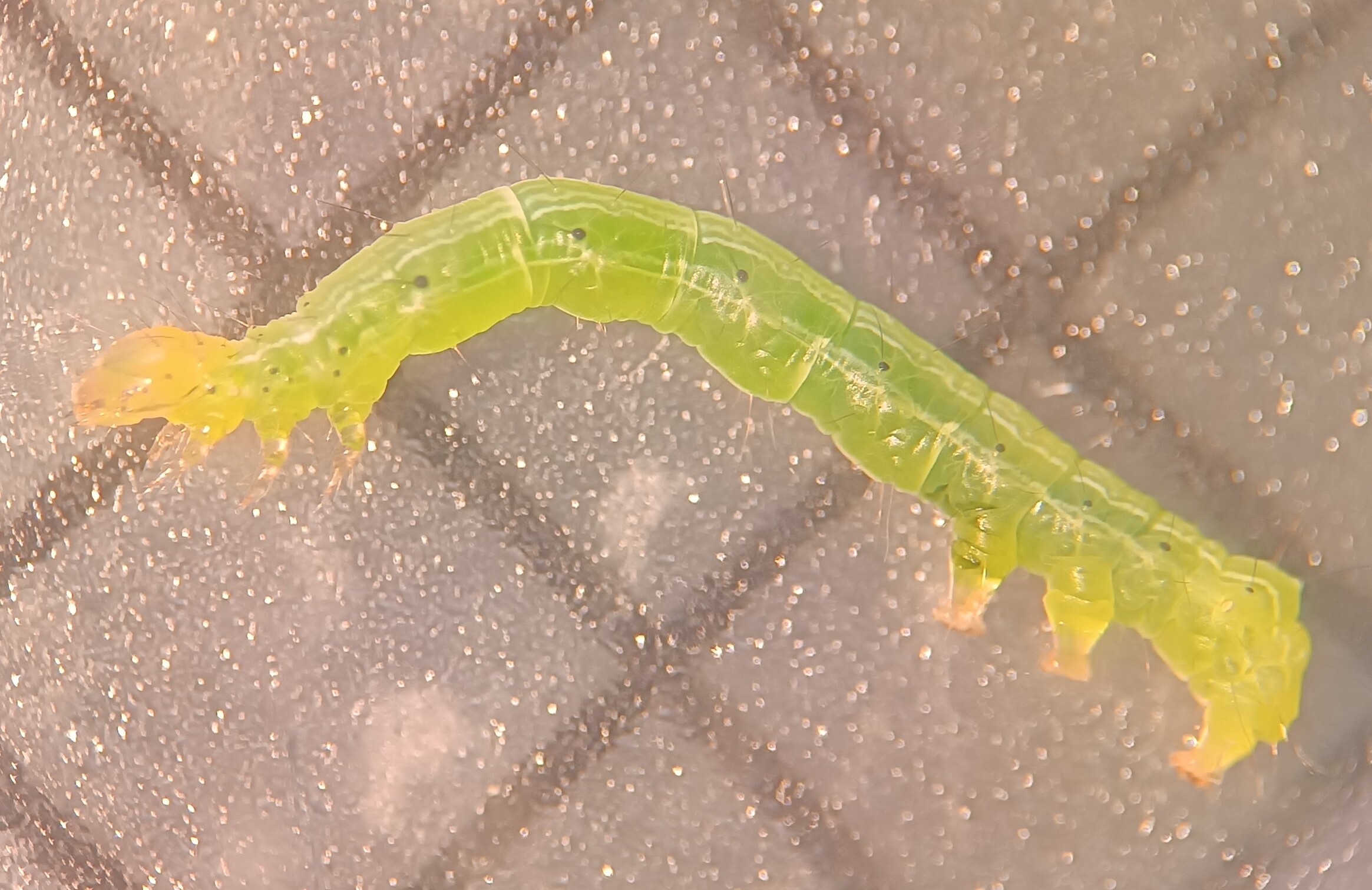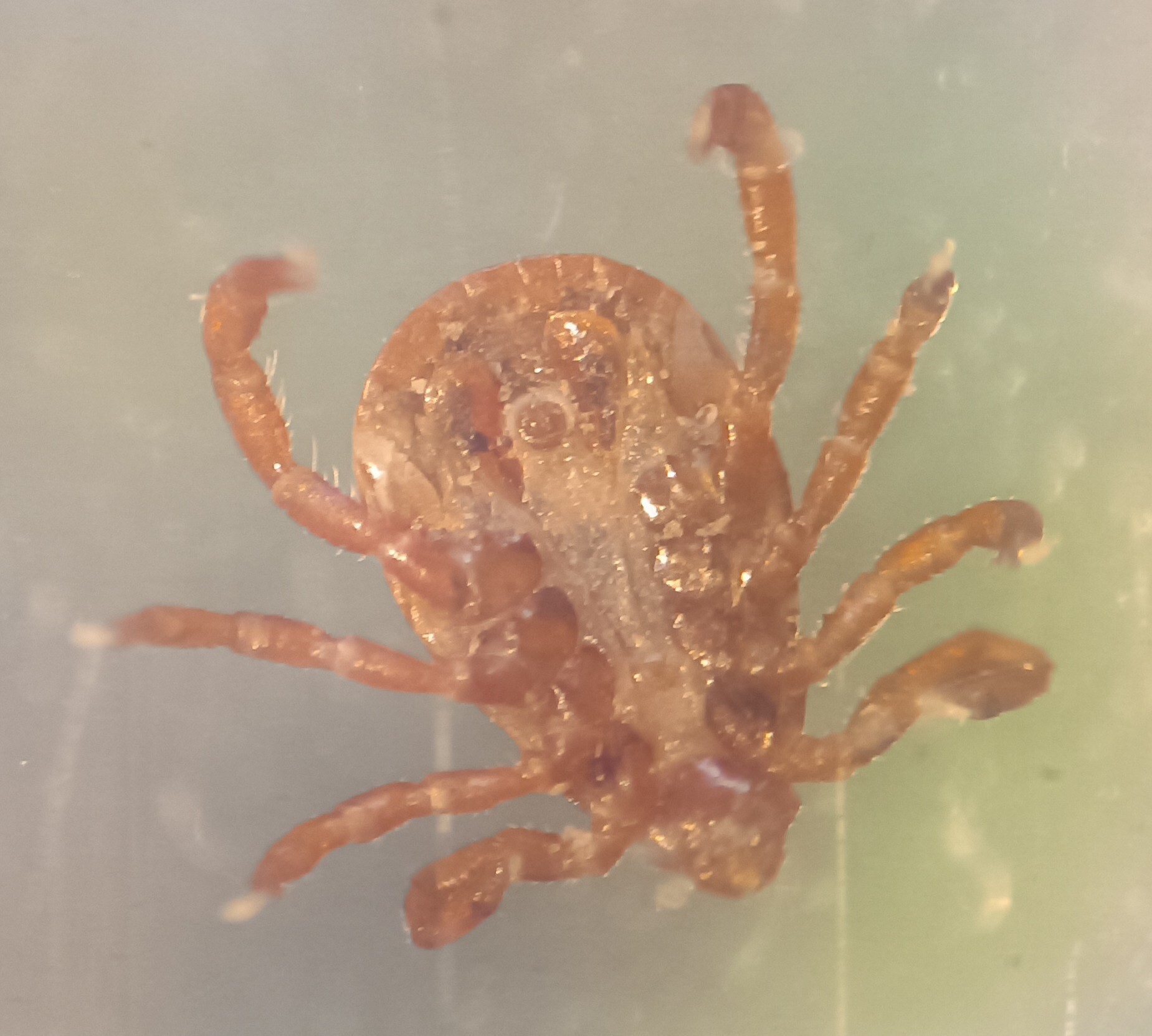Original sketches for the drinking scene on the Predator movie.
"Published on 13 Jan 2024"
1h01m57s "ivermectin and hydroxychloroquine are very valid options"
sigh...
A -190°C liquid nitrogen tank.. how long did it take to boil off?
according to Science in Poland.
A cross from the 15th century.
Was Poland not widely Christian by that time?
You could start a submariner company to visit famous sunk ships.
Thanks! Had seen that paper once you guys pointed me to R. sanguineus and I had a chance to shower the kid.
I also found this site useful for ticks anatomy, on TicksSafety.com.
Visible eyes? Capitulum? Would not know where to look for that. Is there any online resource where I can learn on that?
My veggies garden is in the litoral north of Portugal.
Thanks for your answers and perspective, trully. Even if none of us have changed their opinion.
I see adjectivation and categorization as parts of reasoning. I think you used a red herring in order to have a strong opinion about it. With the same cheakyness, I'll quote yourself
I can't say whether this is an important issue, because I don't have any experience in this area.
I take issue
You feel free to use expressions and terms as "rub me the wrong way", "buzzwords", and "clickbait". In those cases you are okay with the listener/reader interpreting the implicit meaning over their explicit wording. Why is "forever chemicals" different? Specially in an informal communication setting.





Great summary, thanks!
Despite the great images of IO the linked article comes with this mud pearl "[University of Arizona's Large Binocular Telescope] With two primary mirrors measuring 8.4 m (~27.5 ft), it has a collecting area slightly greater than that of a 30-meter (98.4 ft) telescope."